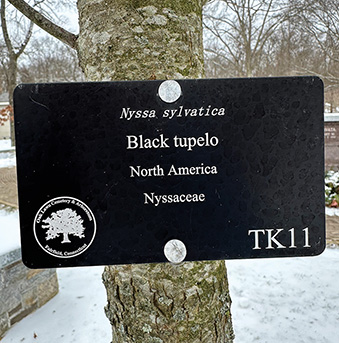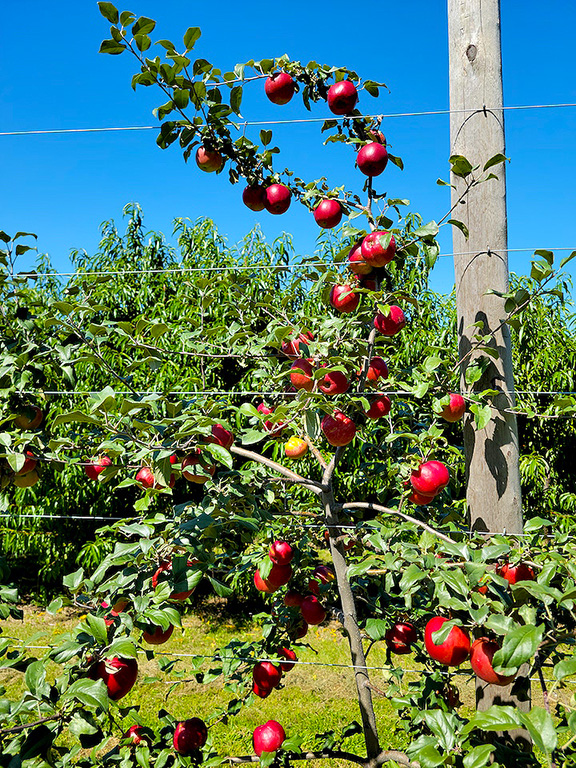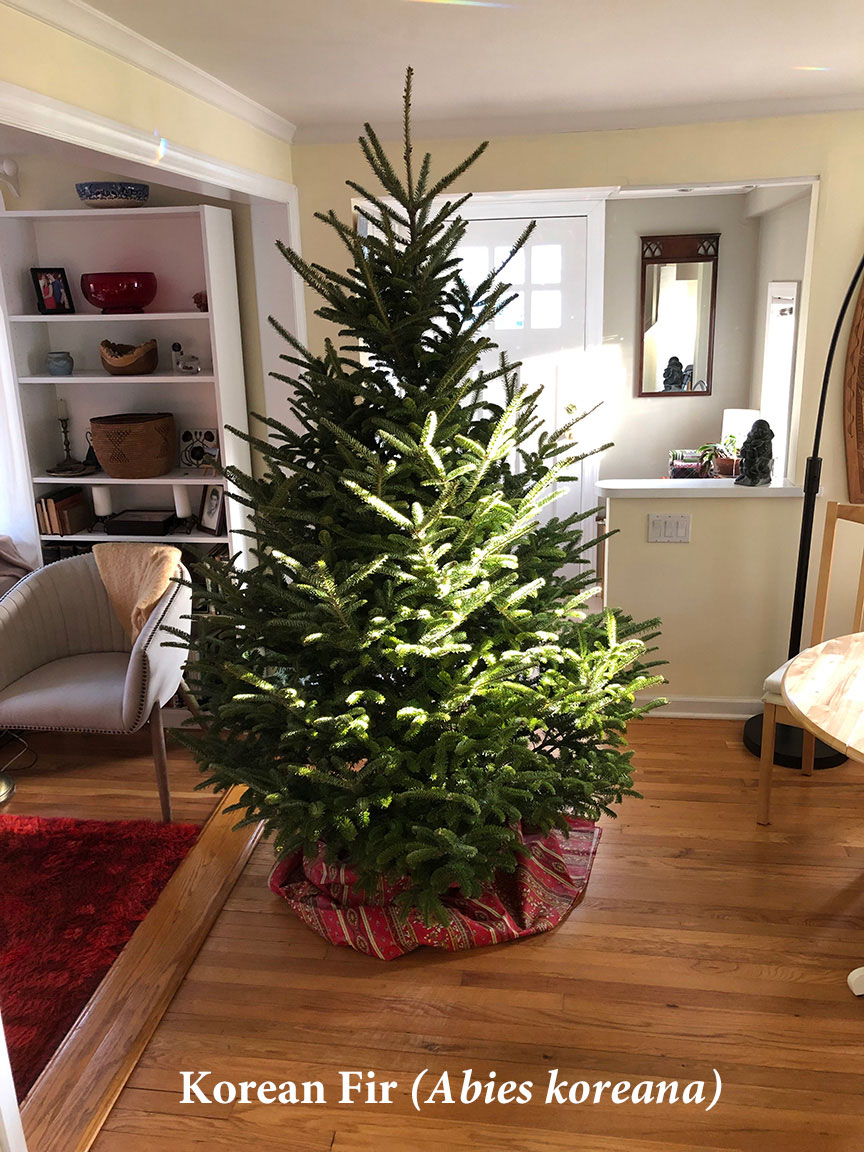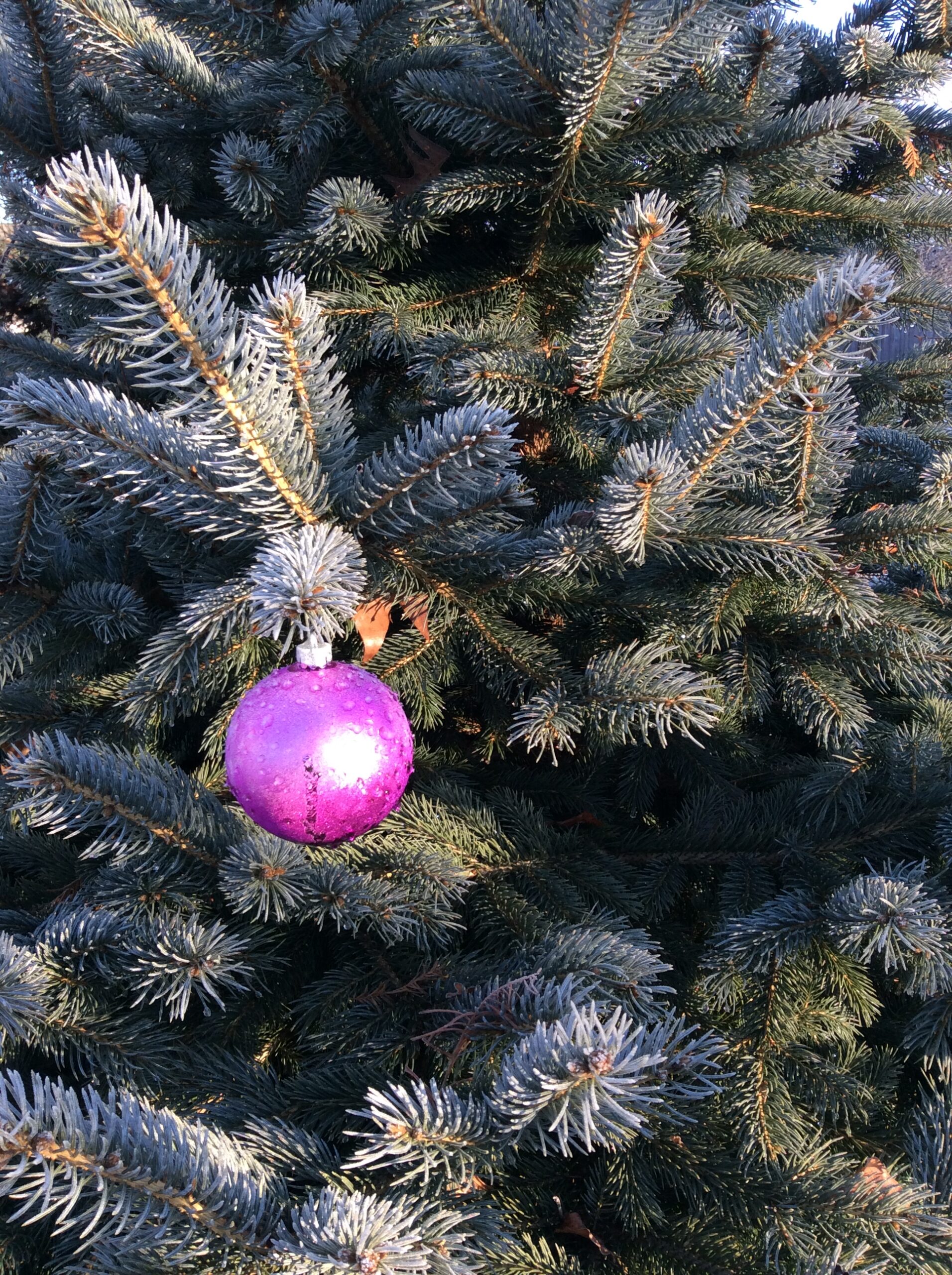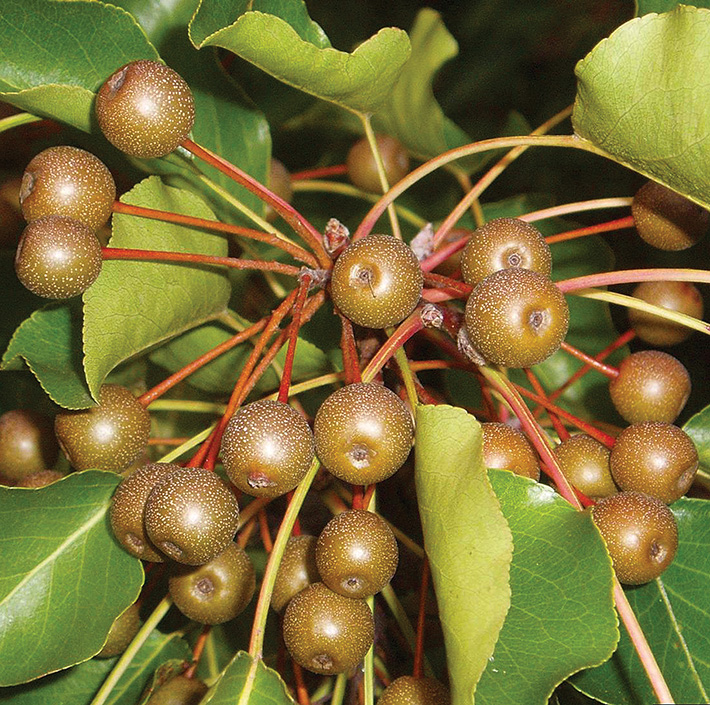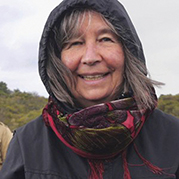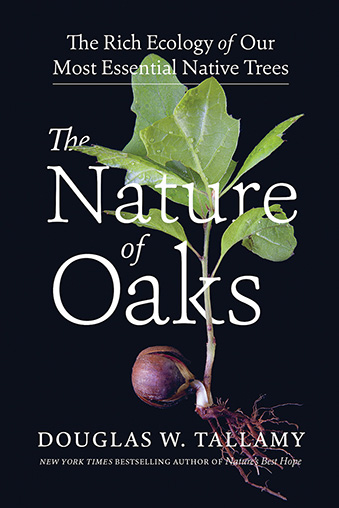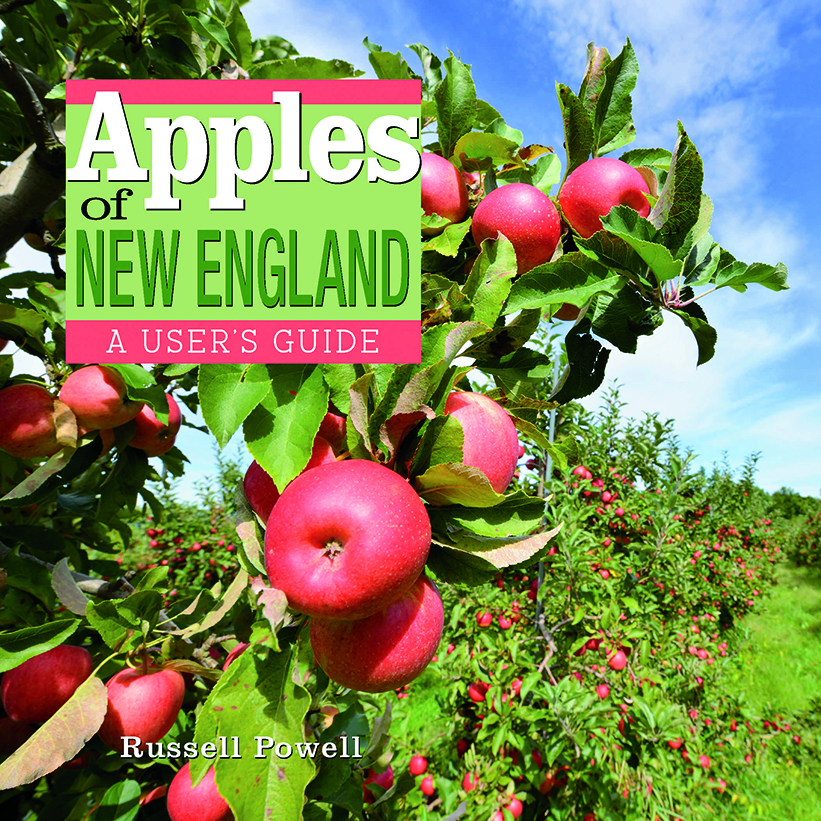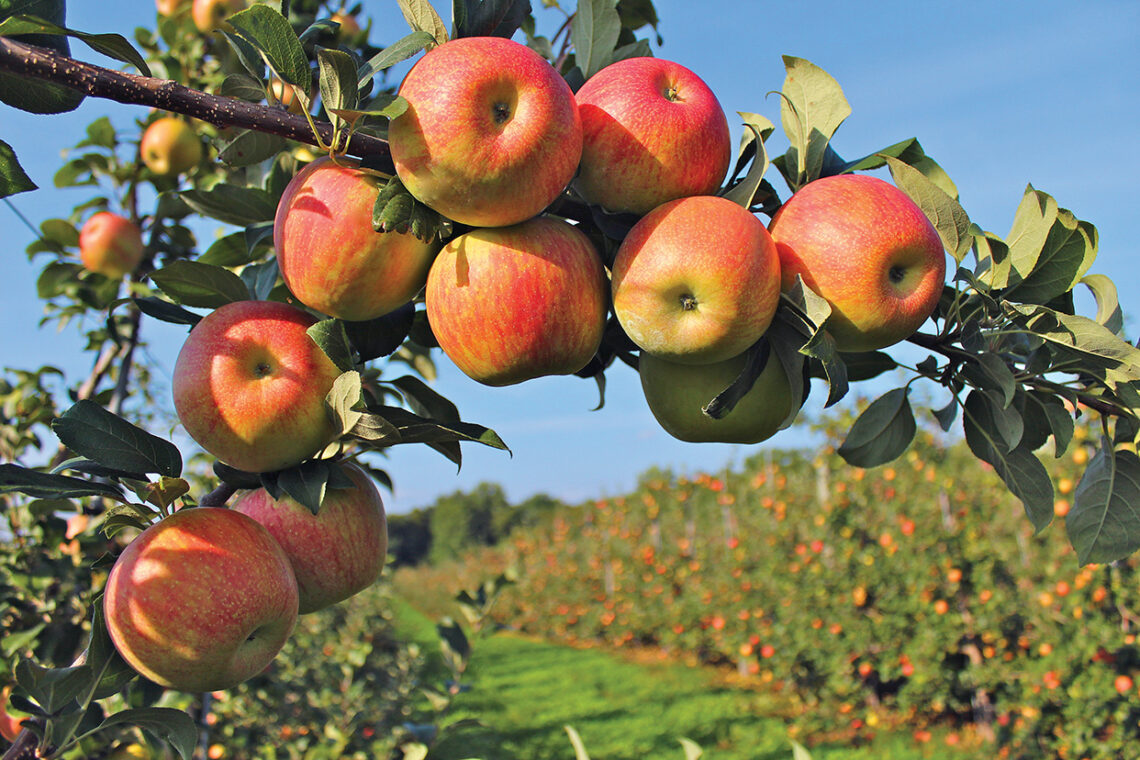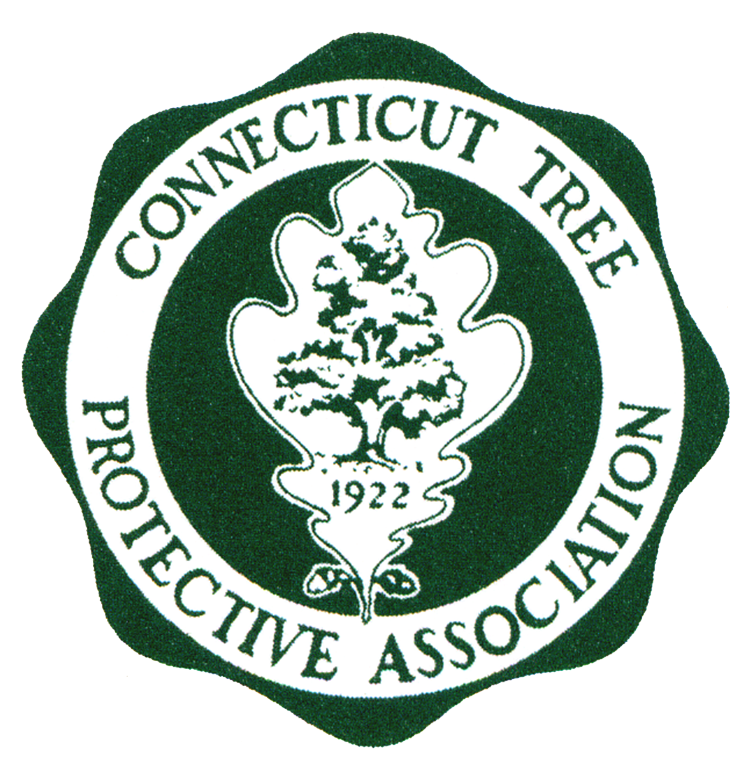By Charlie Stebbins An “Arboretum” is an outdoor “tree museum,” open to the public and offering a verdant sanctuary of quiet and beauty. With forests worldwide threatened by development, invasive pests, diseases, and plants, plus poor management practices, the need for quality “arboreta” was never so pressing. Fortunately, the expanding community of tree-loving enthusiasts grows increasingly strong! Arboreta have been around since Roman times and today they total about 4,000 globally. Botanical gardens feature herbaceous flowers and grasses, while trees and woody shrubs are the stars in an arboretum. Long ago, arboreta were simply “places of trees,” randomly arrayed in old cemeteries, universities or municipal parks. Documentation, landscape legacy, and…
-
-
Support Your Local Orchard
By Russell Steven Powell This story first appeared in the Orchard Blog at newenglandapples.org Highly variable is about the best way to describe the 2023 New England apple crop.Most people by know now that the fresh apple crop will be significantly smaller due to a region-wide freeze the night of May 18. Yet many orchards have full crops, and most have some apples. When all the apples are picked, though, losses could amount to as much as half of a normal crop of between 3.5 million and 4 million 42-pound boxes. It means there will be plenty of fresh apples this fall, but the season may not last as long,…
-
Christmas Trees & Conifers for a Changing Climate
By Richard S. Cowles Six years ago, Dr. Richard (Dick) Jaynes wrote a splendid article “All About Christmas Trees,” for Connecticut Gardener (Vol. 21, No. 5, pp. 2-5). In that article, he described the basics on how Christmas trees are grown in our state. This article can be considered an update; in it, I will explain what changes are likely to take place in the species being grown and why these changes are necessary. This information may also be useful for gardeners who wish to know which species of conifers are suitable for planting in their landscape, and provides guidance regarding the various diseases, insects, and mites affecting these species…
-
All About Christmas Trees
By Dick Jaynes This article was originally published in a digital-only edition in November/December 2015Christmas trees are an important farm crop grown on more than 5,000 acres in Connecticut. Tree farmers help maintain the picturesque, bucolic farmland that is increasingly scarce in our state. Most tree farmers belong to the Connecticut Christmas Tree Growers Association which has more than 200 members. The association was started some 50 years ago when raising Christmas trees in Connecticut expanded rapidly. From the beginning, the University of Connecticut and The Connecticut Agricultural Experiment Station have been valuable resources for growers. Despite the best efforts of the Christmas tree growers, the local supply of trees…
-
Potentially Invasive Callery Pear
Callery pear (Pyrus calleryana) is not officially considered invasive in Connecticut but it should be. For that to happen the Invasive Plants Council (IPC) has to place it on the official list. In Connecticut, the IPC is the body responsible for the state’s Invasive Plant List under CT General Statutes. Callery pear is on Connecticut’s “Research List” of plants about which they’d like more information. It’s considered invasive in a number of states and many sources describe it as not recommended. We add our name to that list but the horse has already left the barn. A native of China, Japan, Korea and Vietnam, Callery pear was originally brought to…
-
To Speak for the Trees
In case you didn’t get the memo, trees are really important. Forests are literally the lungs of planet Earth and trees like oak (Quercus spp) support hundreds of species of butterflies and moths, which in turn support our local bird communities. I was excited to read Beresford-Kroeger’s new book and hear her viewpoint. She’s a scientist who brings a certain je ne sais quoi to the mix because she was also steeped in ancient celtic knowledge at an early age. She may be the last person to have been taught this way directly. Diana isn’t your average writer, she’s a polymath with undergrad degrees in botany and medical biochemistry and…
-
The Nature of Oaks
By Anne Rowlands Of course Doug Tallamy would write a book about oaks. TThe University of Delaware entomologist has been praising and raising awareness of Quercus for years in his widely popular books and lectures, and this newest book is fascinating. It’s a really useful field guide – not only to oaks, but also to the myriad species that play a part in the oak ecosystem. “Oaks support more forms of life and more fascinating interactions than any other tree genus in North America,” writes Tallamy. The content drives that home. I found this little book (200 pages) to be written for those who want to dive into the science…
-
Apples of New England
By Will Rowlands Interested in apples and their history? This book is for you. Both Anne and I found it entertaining and informative. Read about the real Johnny Appleseed (Massachusetts native John Chapman), and David Church from Newington, Connecticut, who distributed apple seeds during his travels in New York State. Immerse yourself in the history of apples in New England and discover which apple variety is the oldest … the Roxbury Russet or the Yellow Sweeting (aka Sweet Rhode Island Greening). Three of the most popularly grown apples in the 1700s and 1800s were the Roxbury Russet, Sheep’s Nose and Westfield Seek-No-Further, all discovered in New England. This handy book…
-
For the Love of Apples
By Alan C. Sax & Miles Schwartz Sax I understand why people fall in love with other people but I don’t really understand what causes people to fall in love with things. Is it hardwired into our brain to find objects that fascinate or that build affinity with the familiar? Or, maybe it’s an evolutionary strategy to harvest the fruits of discovery and be rewarded with a dulcet cascade of dopamine. Of all the things that people can love, there are a number of us out there whose affections are reserved for all things apples. With their fragrant blossoms, sumptuous fruit, cathedral orchards, and tantalizing ciders, the apple of our…
-
New Program in Arboriculture & Urban Forestry
Jan. 24, 2019 – UConn & CTPA Announce Plans for a New Degree Program. At a recent meeting of the CT Tree Protective Association, CTPA and the University of Connecticut announced that they will work together to initiate a two-year degree program in Arboriculture & Urban Forestry at UConn. This program will be housed within the Dept. of Natural Resources, within UConn’s College of Agriculture, Health & Natural Resources. Once fully implemented, students will be able to graduate with an associate degree in Arboriculture & Urban Forestry. This degree program is intended to prepare students for direct entry into the working world of professional tree care. It will also, for students…
